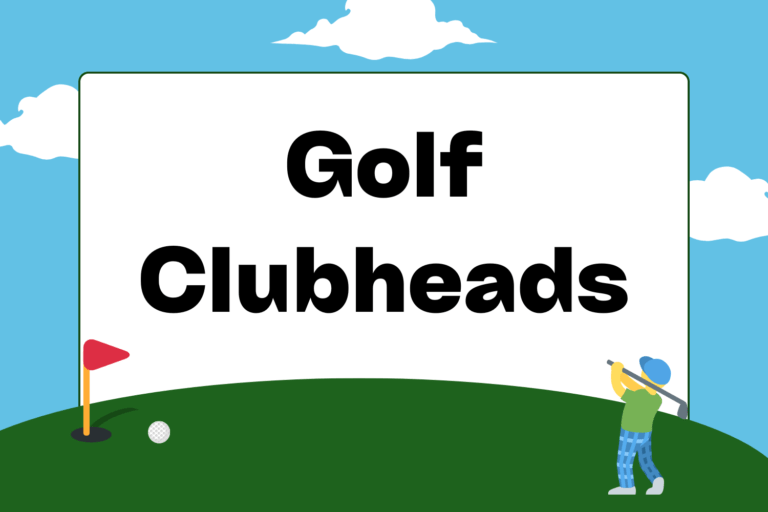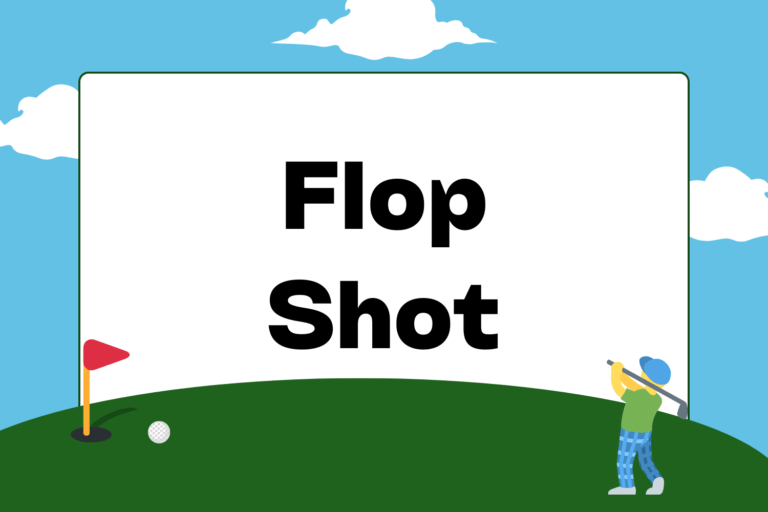Just in case you find golf too easy, you can always try to play a round in a gale-force wind.
Heavy, gusty winds don’t only affect the flight of the golf ball, like many golfers might assume. They affect your ability to maintain balance; they can alter the direction and speed of your putts; they affect the condition of the course and of the greens, and they can wreak havoc on your concentration.
Simply put, wind changes the way you play golf. This guide will cover some of the adjustments you need to make.
Playing the Wind
The adjustments you make in order to combat the wind in golf are collectively known as “playing the wind.” In order to play the wind as best you can, there are certain changes you need to make, not only in the actual types of shots you take, but in your mental approach as well.
Judge the Wind
The first step in playing the wind is to know how the wind is working on the particular shot you’re about to take.
Take a minute to judge the wind. You might have seen professional golfers throw some grass in the air to see which direction the wind was blowing. If that helps you, feel free to use it. What you’re looking for are the answers to these questions:
- In which direction is the wind blowing?
- How strong is the wind blowing?
- Are there lulls in the wind, and would it be possible to time my shot in one of these lulls?
- Is the wind going to affect my golf ball more once it’s above the tree line?
Once you feel confident about the way the wind is blowing, you can decide what kind of shot will work best. Of course, the wind changes from shot to shot sometimes, so make sure you take your time figuring it out before every shot, and not just at the start of your round.
Behind or Into the Wind
If the wind is pushing from behind you, you can expect a couple of things:
- Your shot will go farther. The stronger the wind, the farther your ball will go.
- Your ball won’t stop as quickly once it lands. Wind from behind adds some over-spin on the ball, so when it lands, you won’t see it check up as much. Again, the stronger the wind, the farther your ball will roll once it hits the ground.
Because of this, it’s important that you take less club when the wind is behind you. Also, try to land the ball a little short of your target so that it will have room to run up. If you land it too close to the target, chances are it will roll past it.
If you’re playing a shot directly into the wind, you can expect the opposite effects:
- Your shot will travel less distance. The stronger the wind, the shorter your shot will go.
- Your ball will stop more quickly once it lands. Hitting into the wind causes some backspin on your ball. You’ll see the ball go higher into the air when you’re hitting directly into the wind, and because of this, your shot will be more likely to hit the ground and stop.
With that in mind, make sure you take more club when you’re hitting into the wind, and try to get the ball to fly all the way to your target, since it will probably stop more quickly after it lands.
Aiming Your Shot
Depending on the type of shot you’re hitting, you will have to adjust your aim when you’re playing the wind. If you’re hitting a full shot that will get up in the air, there are some things to take into consideration.
If the wind is moving from side to side, make sure you aim right or left of your target, so that the wind brings it back on line. If the wind is heading right, aim left; if the wind is heading left, aim right. The stronger the wind, the more to the left or right you should aim your shot.
You’ve also got to take spin into account. If the wind is moving from left to right, and you hit your ball with left to right sidespin, expect the ball to move dramatically more than it normally would. The wind has a way of exponentially increasing the spin of your ball, if the spin and the wind are heading in the same direction.
On a similar note, if you want to lessen the effect the wind will have on your ball, you can play a draw or a fade to counteract the wind by putting the opposite spin on the ball. You can learn how to do this by reading the guide, “How to Hit a Draw or a Fade”.
Keeping It Low
Sure, you can aim your shots thirty yards away from your target in anticipation of the wind. You can hit draws and fades into the wind to try to cancel out its effects. And you can hit your driver into the teeth of the wind about the same distance as you normally hit your pitching wedge.
But the easiest way to deal with the wind? Avoiding it, of course. And to avoid the wind, you’ve got to keep your golf ball low. The higher your ball flies, the more the wind will affect it. That is for a couple of reasons:
- The higher your ball goes, the more time the wind has to move it.
- The higher your ball goes, the fewer obstructions there are blocking the wind from your ball (like trees, houses, mountains, tall friends, etc).
So if you can learn how to keep the ball low, you can avoid much of the grief the wind will cause you. Playing low shots, especially into the wind, is a key to success that most advanced golfers have mastered.
On full shots, especially off the tee, keep the ball low by keeping your follow-throughs short. Check out the guide, “How to Hit the Stinger”, which will teach you how to hit a specific shot that takes a lot of practice, but comes in handy when you want to keep the ball low in the wind.
Keeping the ball low in heavy wind is also useful on approach shots and short-game shots, like pitches and chips. If there’s nothing but the fairway between you and the green, and you’re close enough, try running a 5-iron bump-and-run onto the green instead of popping a lob wedge shot onto it. If you can learn to use different clubs like long irons and fairway woods from around the green, you can take the wind almost entirely out of the picture.
Hot Tip: Abbreviate Your Follow-Through
One of the simplest ways to keep your shots low is to abbreviate your follow-through on full shots. That means, instead of completing a full follow-through with your hands finishing near your shoulders after impact, try to keep your hands at about stomach-level after hitting the ball. It’s really important that you power through impact before cutting off your follow-through. You want to feel like you’re punching at the ball. Be sure to practice this low, “stinger”-like shot at the range plenty before trying it on the course.
Putting in the Wind
Although putting is the lowest shot possible on a golf course, you might be surprised at how much the wind can still affect the roll of your ball on the greens.
If the wind is really blowing that day, take it seriously. If your putt looks like it’s going to break left to right, and there’s a left to right wind on top of that, give yourself a little bit more room by aiming farther left than you would on a windless day.
If the wind is directly behind or in front of you, you can probably hit the ball more gently or more aggressively to get it to the cup.
Take the wind into consideration when you’re reading your putts, but don’t let it dictate the putt. Always read the putt first for line and speed, and then take the wind into account — not the other way around. You’ll be more confident, and you’ll make more putts, even on the windiest of days.
Be Confident
On the golf course, strong winds can really take the, er, wind, out of your sails. Don’t let them. Confidence comes from repetition. Don’t avoid golf on a particular day just because it’s howling out there. Take the challenge as an opportunity to improve skills that you normally might not employ on the course. Be creative in your fight against the wind. Think outside of the box by looking for shots that you might not have seen on a calm day, and most of all, hold onto your hat and have fun.





